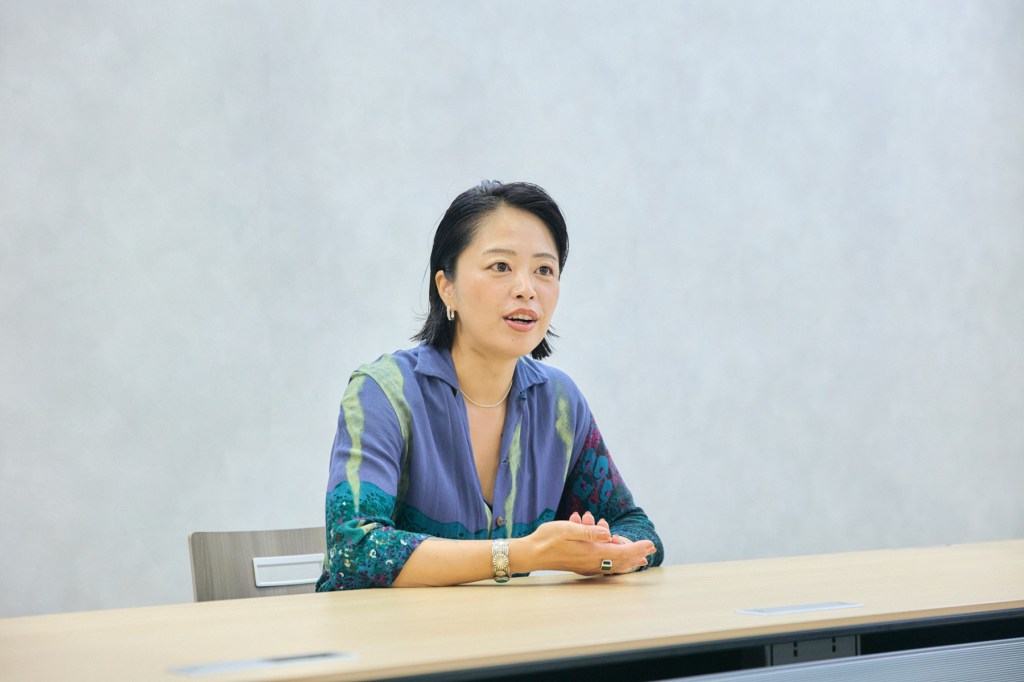Some lucky millionaire will be able to own a key piece of the Wicked Witch of the West — for good.
That’s because the iconic hat worn by Margaret Hamilton in 1939’s The Wizard of Oz is going up for auction on Dec. 9. Offered by…

Some lucky millionaire will be able to own a key piece of the Wicked Witch of the West — for good.
That’s because the iconic hat worn by Margaret Hamilton in 1939’s The Wizard of Oz is going up for auction on Dec. 9. Offered by…

Unlock the Editor’s Digest for free
Roula Khalaf, Editor of the FT, selects her favourite stories in this weekly newsletter.
Rachel Reeves risks hurting small business owners and damaging investor confidence in the UK if she goes ahead with proposals to increase taxes on dividends in this month’s Budget, wealth managers and bankers have warned.
The chancellor is considering raising dividend taxes on November 26, in a move that the Resolution Foundation think-tank has said would raise £1.5bn, according to people familiar with the situation.
The deliberations come as the Treasury looks to fill a fiscal hole estimated at between £20bn and £30bn in the Budget, with a wide range of tax rises under consideration.
Individuals who earn dividends from a wide range of stocks and shares pay a tax on those earnings according to income bands. At present, basic rate taxpayers are charged 8.75 per cent, with higher rate taxpayers paying 33.75 per cent and additional rate payers charged 39.35 per cent.
In a report in September, the Resolution Foundation said the basic rate of dividend tax was “too low” compared with other UK taxes such as capital gains — at 18 per cent for basic rate — and rates set by international peers.
The influential think-tank called for the basic rate of dividend tax to rise to 16.5 per cent, which would generate an extra £1.5bn for the Treasury.
The Treasury declined to comment. People familiar with the matter said Reeves was considering an increase smaller than the rise to 16.5 per cent urged by the think-tank.
But Jason Hollands, managing director at wealth manager Evelyn Partners, said increasing dividend tax rates would “clobber small business owners” because many took a large portion of their pay through dividends.
“This will be seen as a kick in the teeth to people who take a risk by running their own businesses,” he added.
In addition to business owners, the potential changes would hit investors holding stocks outside of tax-free wrappers such as Isas and pensions.
Emma Wall, chief investment strategist at Hargreaves Lansdown, said the prospect of higher dividend taxes “seems counter to the government’s great initiatives to encourage retail flows, and in turn, domestic investment to spur economic growth”.
Any move to increase dividend taxes would be another blow to investors after the previous Conservative government cut the annual tax-free dividend allowance to £500 from April 2024, down from £1,000 the year before and from £5,000 in 2017-18.
Steven Fine, chief executive of investment bank and broker Peel Hunt, said higher dividend taxes would “be a sure fire way of raising less tax”, with companies able to pare back dividend payouts and instead use excess capital to buy back their own shares.
Ministers have sought to encourage pension funds and retail investors to back British companies in a bid to revive the UK’s moribund capital markets, with Reeves exploring in recent months a cut in the cash Isa allowance in order to funnel more money into stocks.
But Sanjiv Tumkur, head of equities at wealth manager Rathbones, said higher dividend taxes “could discourage investment in income stocks” that were “well represented in the UK market”.
“If investors begin shifting away from income stocks, they may turn to growth stocks instead . . . This could result in capital flowing out of the UK market in search of better growth opportunities abroad,” he added.

The input of a pharmacist is crucial to proper therapy selection for the treatment of patients with chronic myeloid leukemia (CML), as they can provide patient education to improve treatment adherence and aid oncologists with frontline treatment choices, especially as new agents continue to emerge, according to Jose Tinajero, PharmD, BCOP.
“Pharmacists are uniquely equipped to not only counsel and educate patients on the importance of adherence to therapy, but [we can] also help identify and mitigate toxicities associated with these agents,” Tinajero, a bone marrow transplant and hematology clinical pharmacist at City of Hope in Duarte, California, said in an interview with OncLive®. “Additionally, we provide valuable support and collaboration with advanced practice providers and visiting teams regarding sequencing, selection, and even switching therapies.”
In the interview, Tinajero discussed his approach to frontline TKI selection, strategies to enhance patient treatment adherence, how pharmacists aid in the implementation of new agents and formulations, and the importance of the pharmacist-oncologist relationship in treating patients with CML.
Tinajero: CML management has evolved since the development of the first-generation TKI, imatinib [Gleevec].1 Now we have second-generation options such as dasatinib [Sprycel] and nilotinib [Tasigna], third-generation options like ponatinib [Iclusig], and allosteric inhibitors such as asciminib [Scemblix].2-5
The current treatment landscape focuses on frontline TKI selection, considering factors such as patient risk scores, age, and comorbidities, like cardiovascular risk. We also account for drug-drug and drug-food interactions, as well as [treatment] adherence.
Our role is to educate and empower patients about the importance of consistent medication use. If patients struggle due to interactions, toxicities, or adverse effects, we counsel them and work to mitigate these issues. When toxicities become burdensome, we may switch patients to more tolerable options. Ongoing follow-up and communication between patients and the care team are key to maintaining adherence.
Dose optimization is critical. We aim to minimize therapy interruptions and manage interactions. Some TKIs have meal-related requirements—for example, some are best taken on an empty stomach, while others should be taken with food for proper absorption.
Drug-drug interactions are also important, particularly since many patients with CML are older and often on multiple medications. Pharmacists help screen for interactions to prevent overdosing or underdosing. Many factors contribute to maintaining optimal dosing.
This is a long journey. We assess milestones at [approximately] 3, 6, and 12 months. Having a multidisciplinary team is essential—pharmacists counsel patients and provide expertise on drug therapies, and advanced practice providers, physicians, nurses, and other health care [team] members reinforce these concepts. An all-hands-on-deck approach ensures optimal outcomes, as shown across various studies.
When new agents reach the market, we’re involved in onboarding and ensuring their safe and appropriate use. This includes educating nursing staff, specialty pharmacists, physicians, and advanced practice providers through in-services and training sessions. We also participate in pharmacy and therapeutics committees to evaluate new agents and place them appropriately in treatment pathways based on clinical trial data.
I encourage my colleagues to stay equally involved in these efforts, as education and collaboration are key.
Community oncologists can greatly benefit from pharmacy support. Many centers are now incorporating clinical pharmacists into decision-making, counseling, and education. Pharmacists can assist with prior authorizations for newer agents, identify and manage drug interactions, and help address toxicities.
Having a strong pharmacist-oncologist relationship enhances patient safety and outcomes, and there’s significant opportunity for growth in this area within community settings.

Billboard honors leaders driving the success of the music business outside the U.S. through its Billboard Global Power Players list. Among the industry figures recognized this year is Taeko Saito, Senior VP of business development and…

Climate scientists know that carbon trapped in permafrost is a huge potential contributor to global warming once the frozen soil thaws. Arctic permafrost contains the largest terrestrial pool of organic carbon on the planet, exceeding…

Iron deficiency is globally widespread. Women are particularly affected, with one in five in Europe suffering from iron deficiency. The consequences are anemia, constant fatigue, chronic headaches and a weakened immune system….

In this edition:
In anticipation of Magic: The Gathering | Avatar: The Last Airbender‘s official launch on November 21, we’re excited to hold another…

Original story from Texas Tech University (TX, USA).
A research team has created gene-edited crops without using tissue culture.
A team of plant biotechnologists led by Gunvant Patil at Texas Tech University (TX, USA) has…